cover photo by Mario Vigo
 The information about this location have been automatically translated with Microsoft Translator. The information about this location have been automatically translated with Microsoft Translator. Rank : 10.0 (average on 1 votes)Coordinates : -23.122751959556222, 43.62055348913592 ( Open in Google Maps) Subjects : Ifaty is a small fishing village on the southwest coast of Madagascar. In the hinterland of Ifaty there are extensive thorny forests, one of the most characteristic habitats of the island. In addition to some truly impressive baobabs (including a 1,200-year-old one), there are more than 2,000 species of plants in the area, most of them endemic to this shrubby and arid habitat, including an entire family of plants, the Didiereaceae, succulents with columnar stems up to 8 meters tall. A number of private reserves have been created in the area, which are of great interest, not only for the beauty of the environment, but above all for the richness of the birdlife. The best-known and most visited reserves are the Rhineland Reserve (area of about 60 hectares) and the Parc Meuse. The most sought-after bird species here are the Long-tailed Ground Jay (Uratelornis chimaera) and the Mesite monias (Monias benschi) which are found nowhere else in the world but here. Other species of great interest that can be observed are, among others, the Crested Cua (Coua cristata), the Verraux's Cua (Coua verreauxi), the Red-headed Cua (Coua ruficeps), the Runner Cua (Coua cursor), the Madagascar Nightjar (Caprimulgus madagascariensis), the Madagascar Baza (Aviceda madagascariensis), the Madagascar Gymnogen (Polyboroides radiatus) and various Vangids such as the Sickle Blade (Falculea palliata), the Hooked Spade (Vanga curvirostris) and Archbold's Newtonia (Newtonia archboldi). Several species of lemurs and rare endemic reptiles can also be found in the thorny forest, including the Arachnoid Tortoise (Pyxis arachnoides), the Rayed Tortoise (Astrochelys radiata) and various chameleons.Recommended equipment : You need a telephoto zoom lens that reaches at least 300 mm, preferably 400-600. A 70-200 for closer animals, a wide-angle lens for landscapes, and a macro for insects and flowers can also be useful.Best months : The climate is hot and dry all year round, even the rainy season lasts only a few days. The best times are winter and spring (June to November). Spring is warmer (the temperature can even exceed 40° C) but is more suitable for bird watching.How to get there : The thorny forest reserves can be reached by car in 10 minutes from the village of Ifaty which is about 30 km from Toliara (1 hour by plane from Antananarivo), connected by the RN9, well paved.Visits : Numerous trails crisscross the reserves. They are flat and easy to walk on, on a sandy bottom. It is best to be accompanied by a guide and visit in the morning, when the birds are most active (and before it gets too hot). The Rhine reserve I visited is open from 7:30 am to 5:30 pm during the rainy season and from 8:00 am to 6:00 pm during the dry season. The entrance fee is between 25,000 and 35,000 Ariary (€5 to €7) per person depending on the duration of the visit and the tour chosen (birds/reptiles/botanical). Notes : There are a few simple resorts with bungalow accommodations along the coast. You can go diving and snorkeling at the nearby coral reef and go on humpback whale watching excursions (mid-June to late September). | | Nearby:   Anakao 53 km
 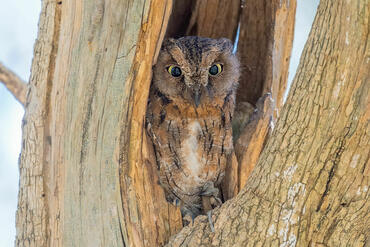 Zombitse-Vohibasia National Park 113 km
  Isalo National Park 183 km
  Morondava 322 km
  Baobab Avenue 330 km
 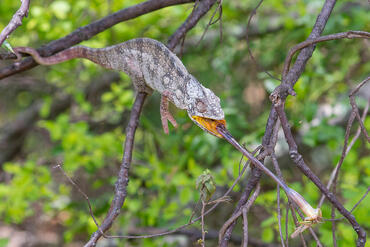 Anja Community Reserve 362 km
|

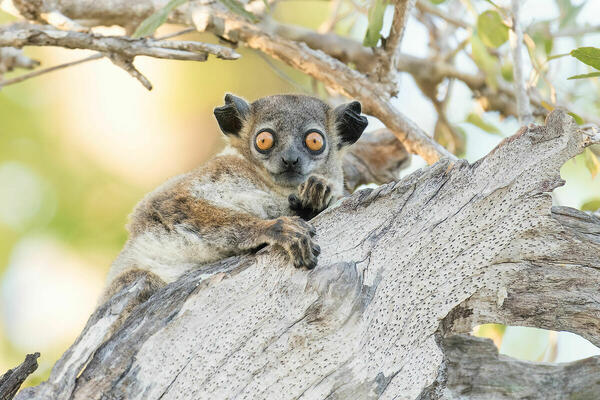
![[retina]](shared_files/layout/retina_badge.jpg)
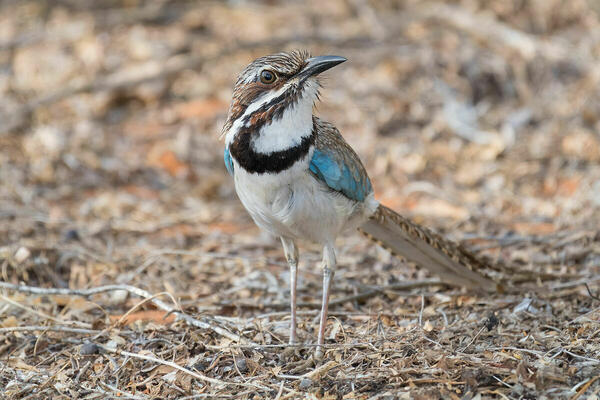
![[retina]](shared_files/layout/retina_badge.jpg)
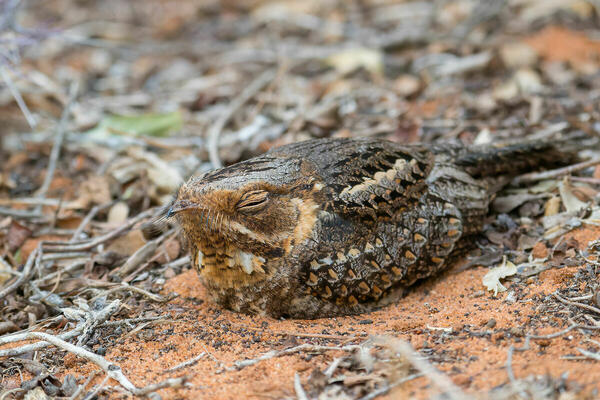
![[retina]](shared_files/layout/retina_badge.jpg)

![[retina]](shared_files/layout/retina_badge.jpg)
 JuzaPhoto contains affiliate links from Amazon and Ebay and JuzaPhoto earn a commission in case of purchase through affiliate links.
JuzaPhoto contains affiliate links from Amazon and Ebay and JuzaPhoto earn a commission in case of purchase through affiliate links.